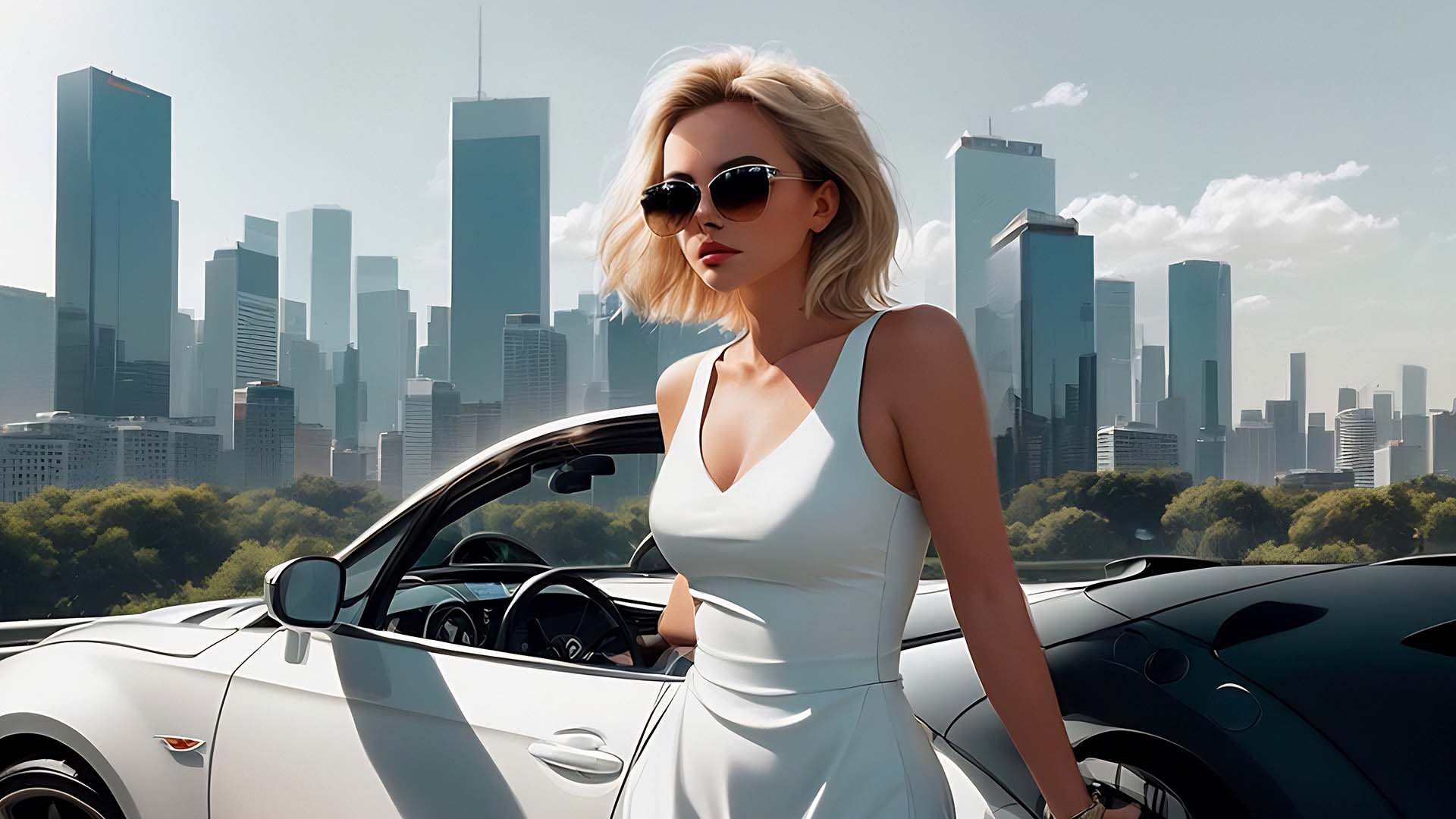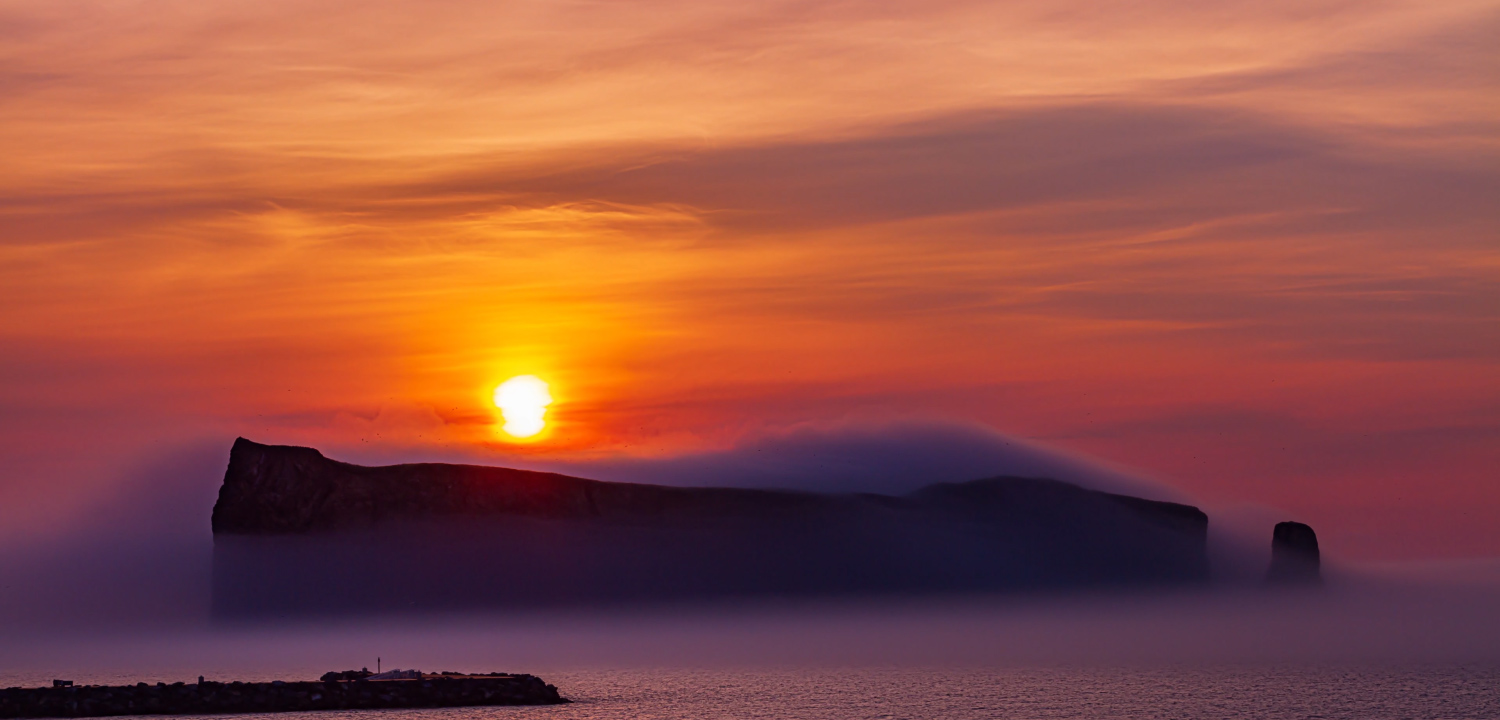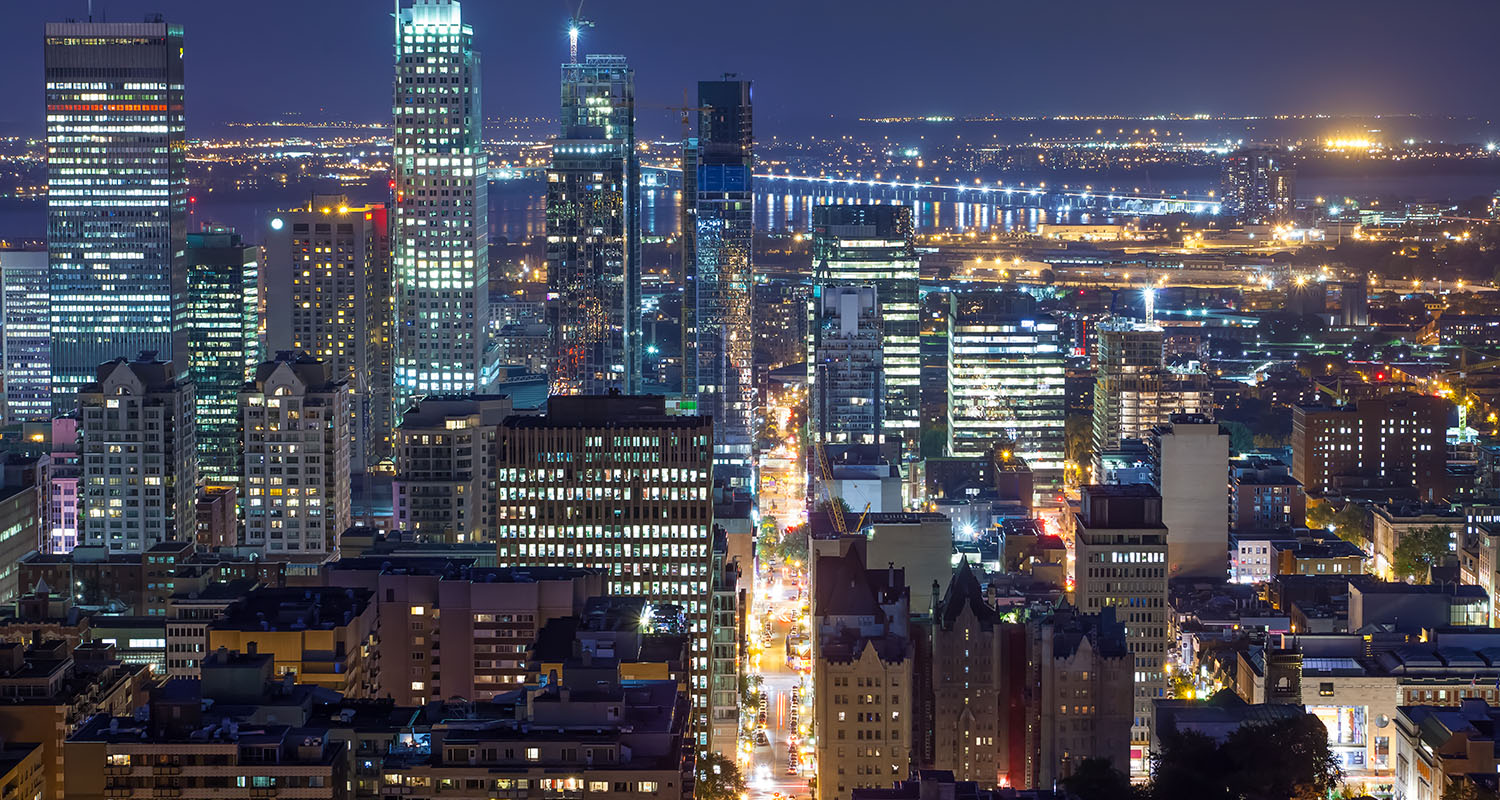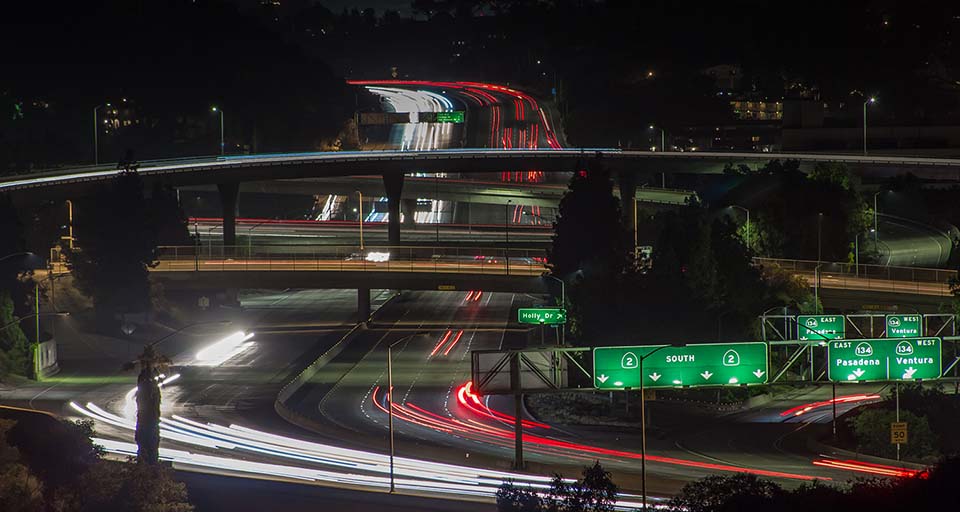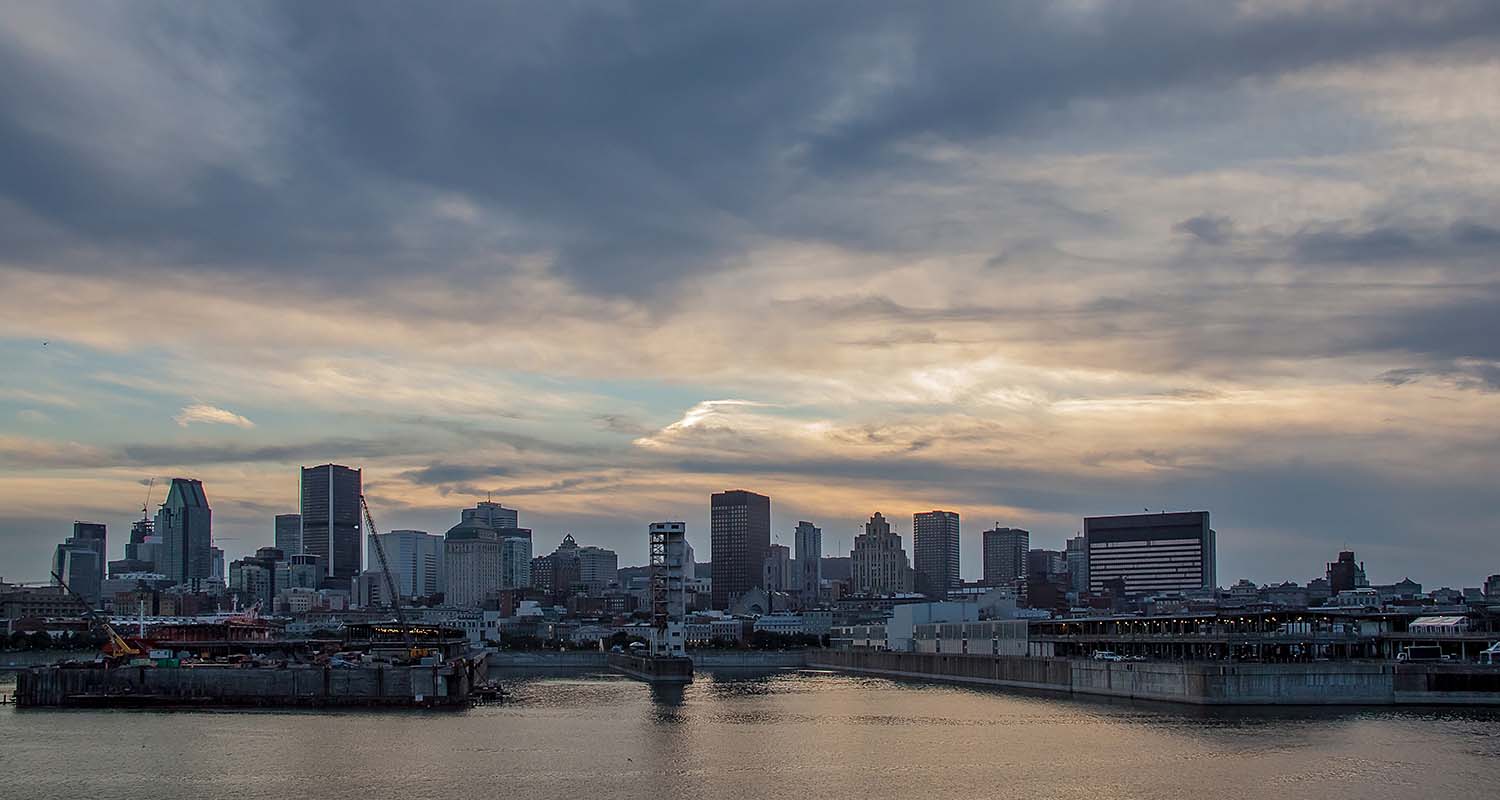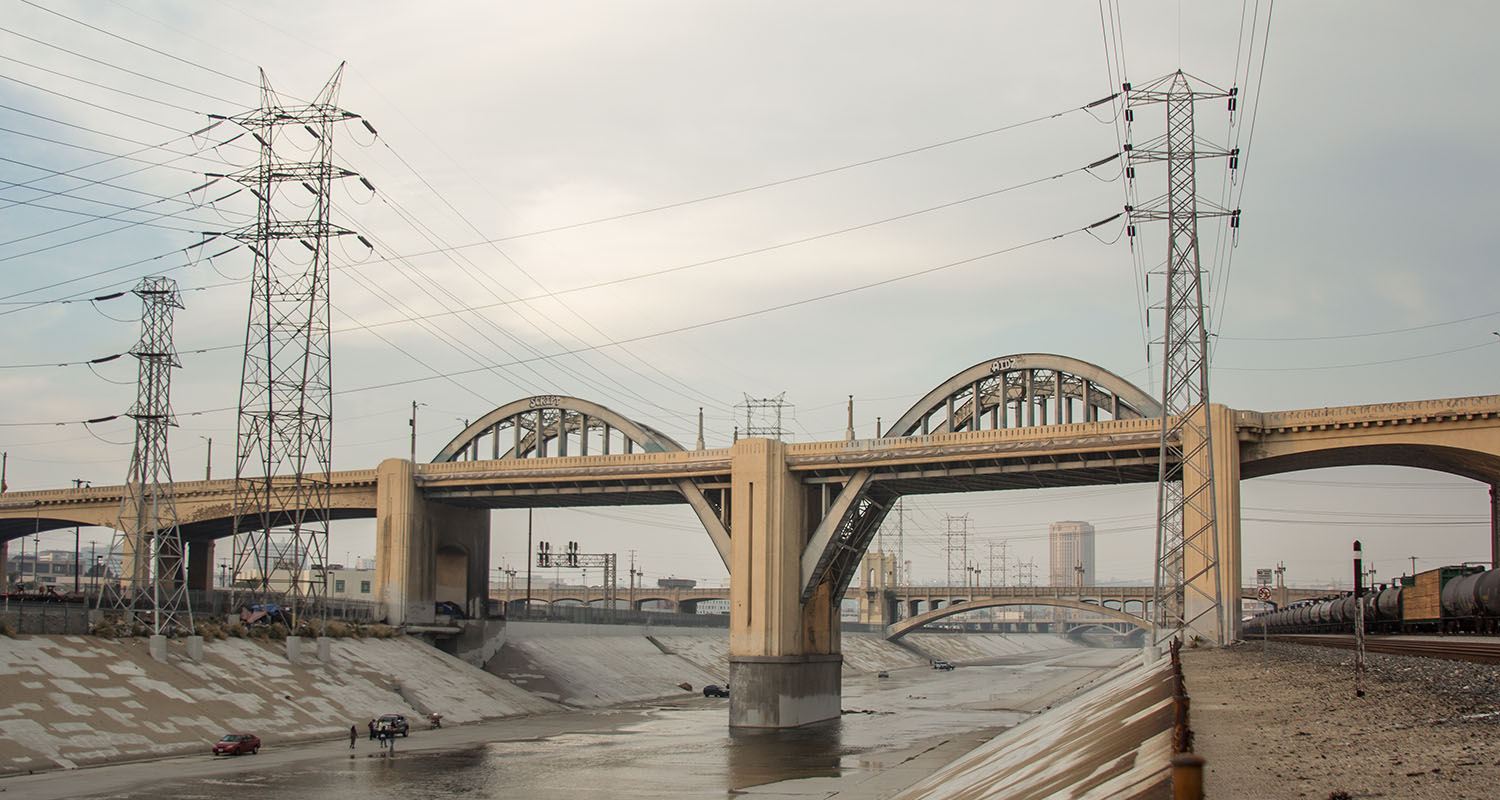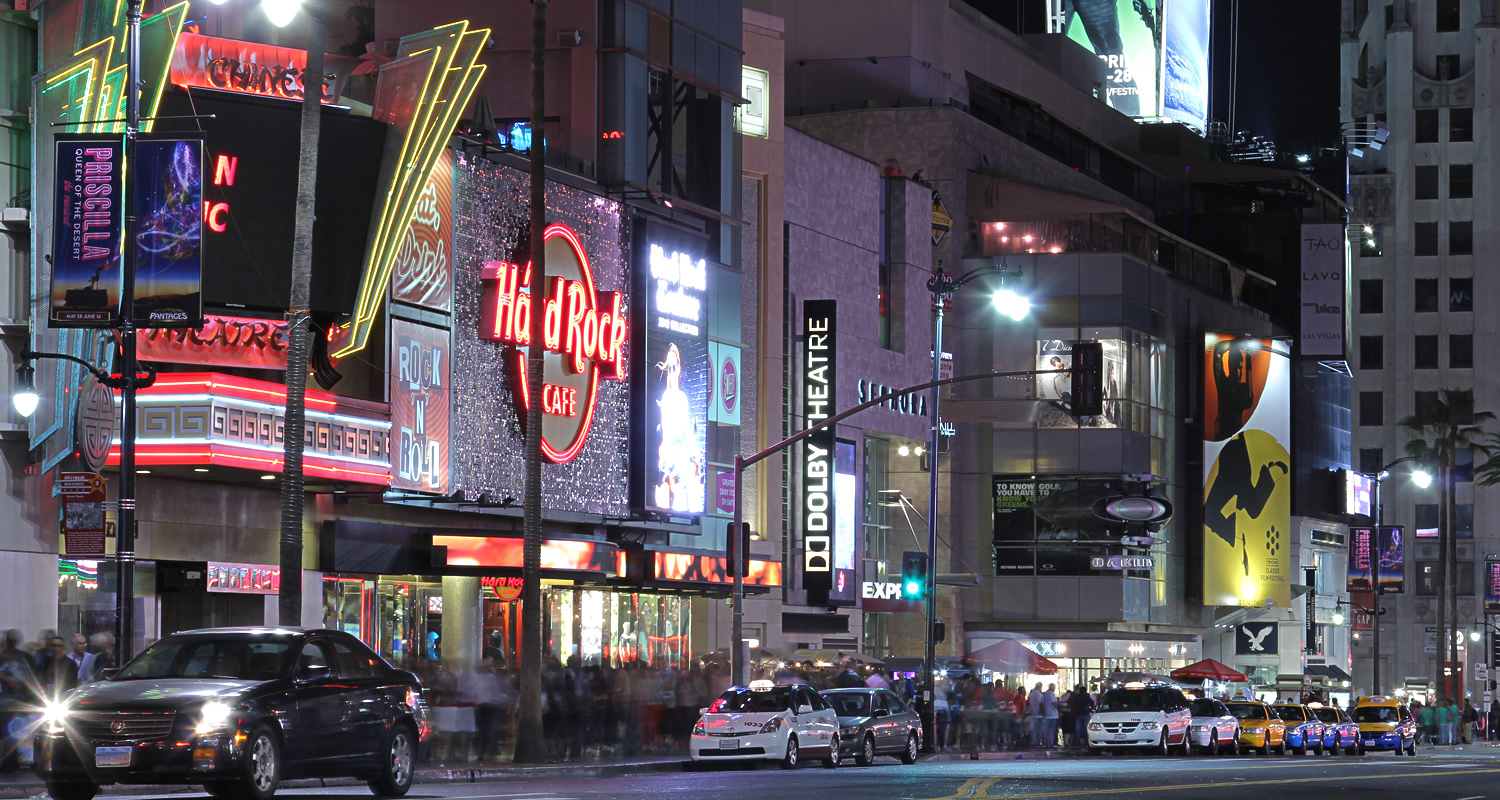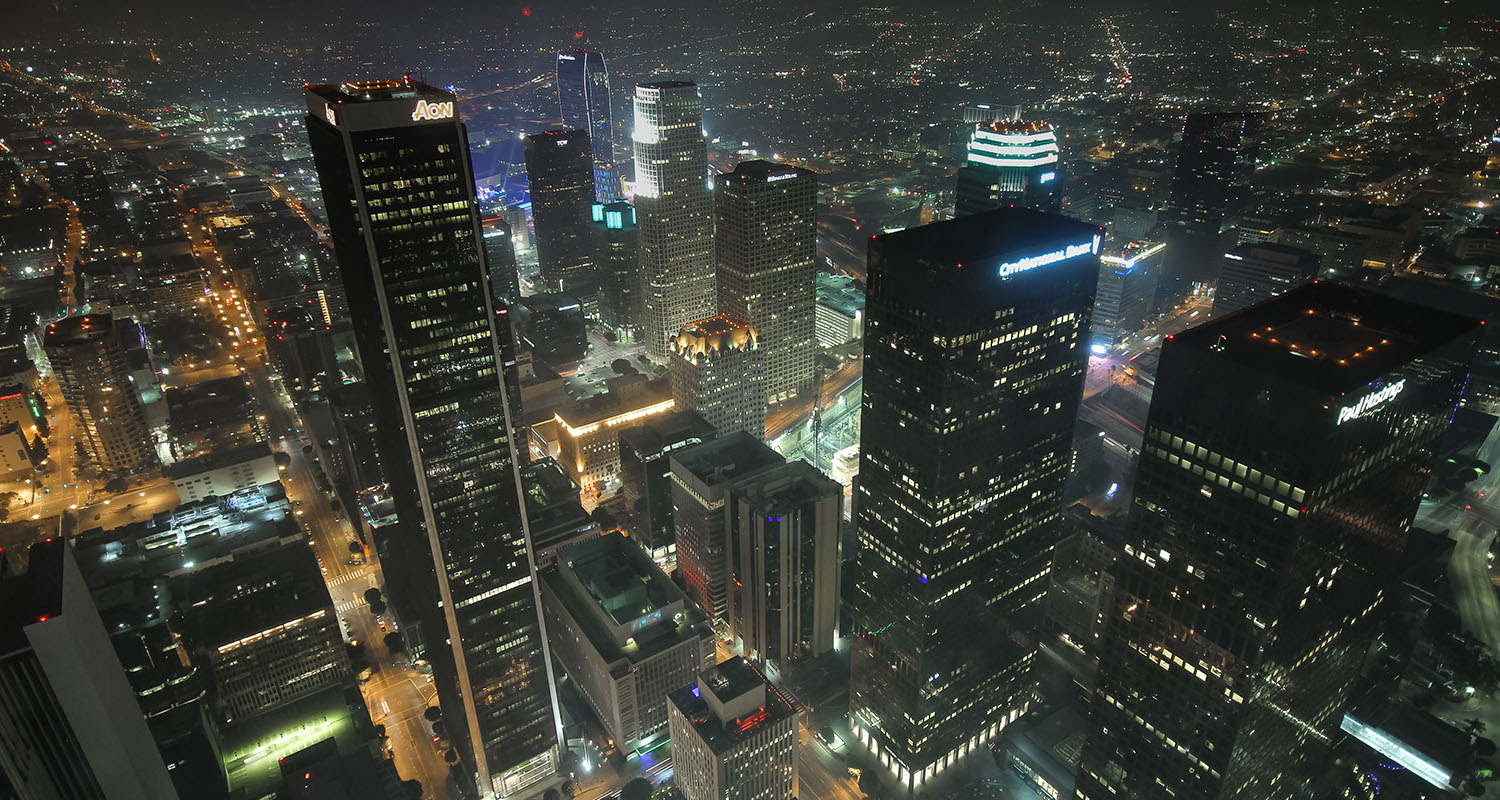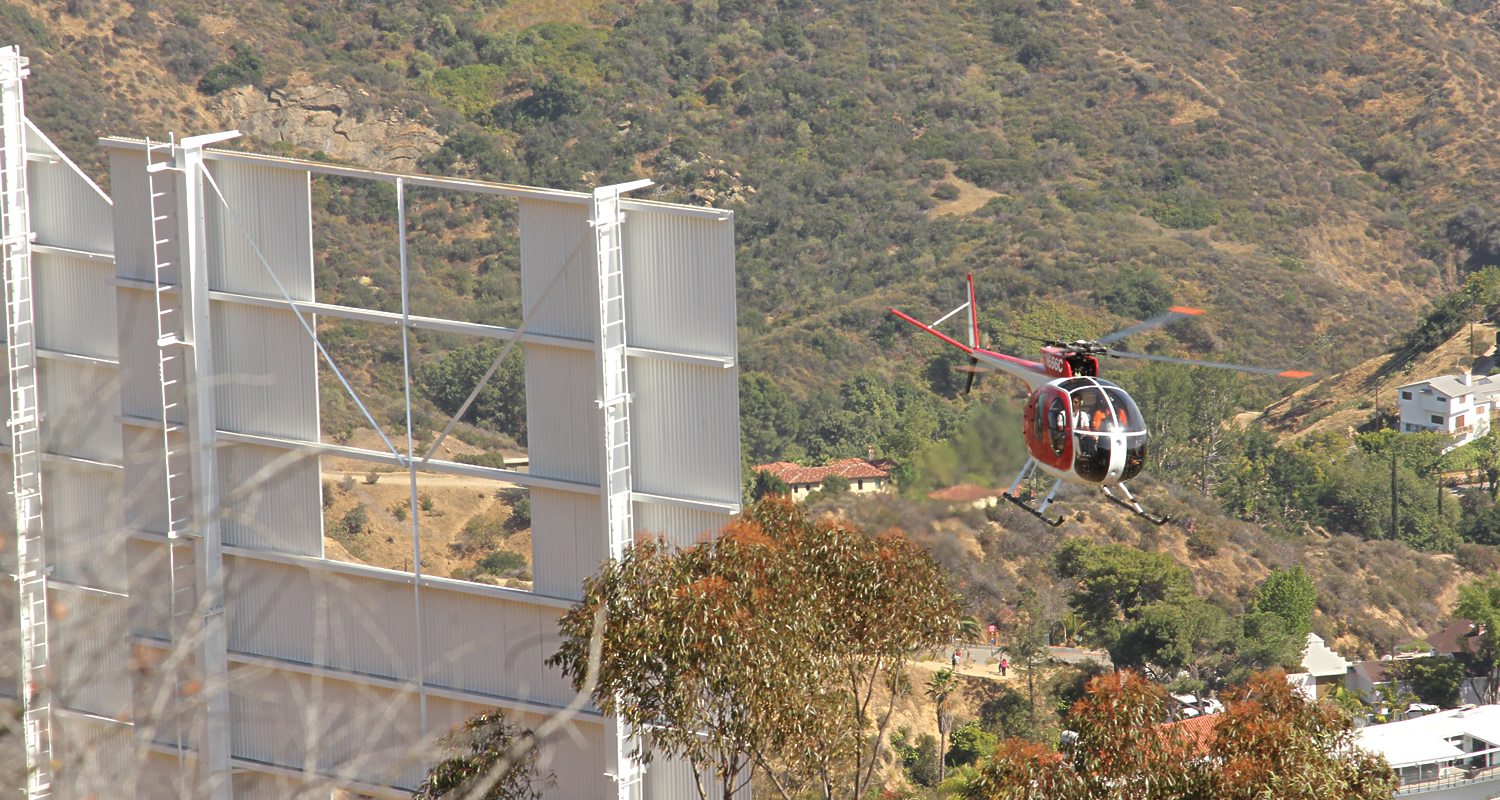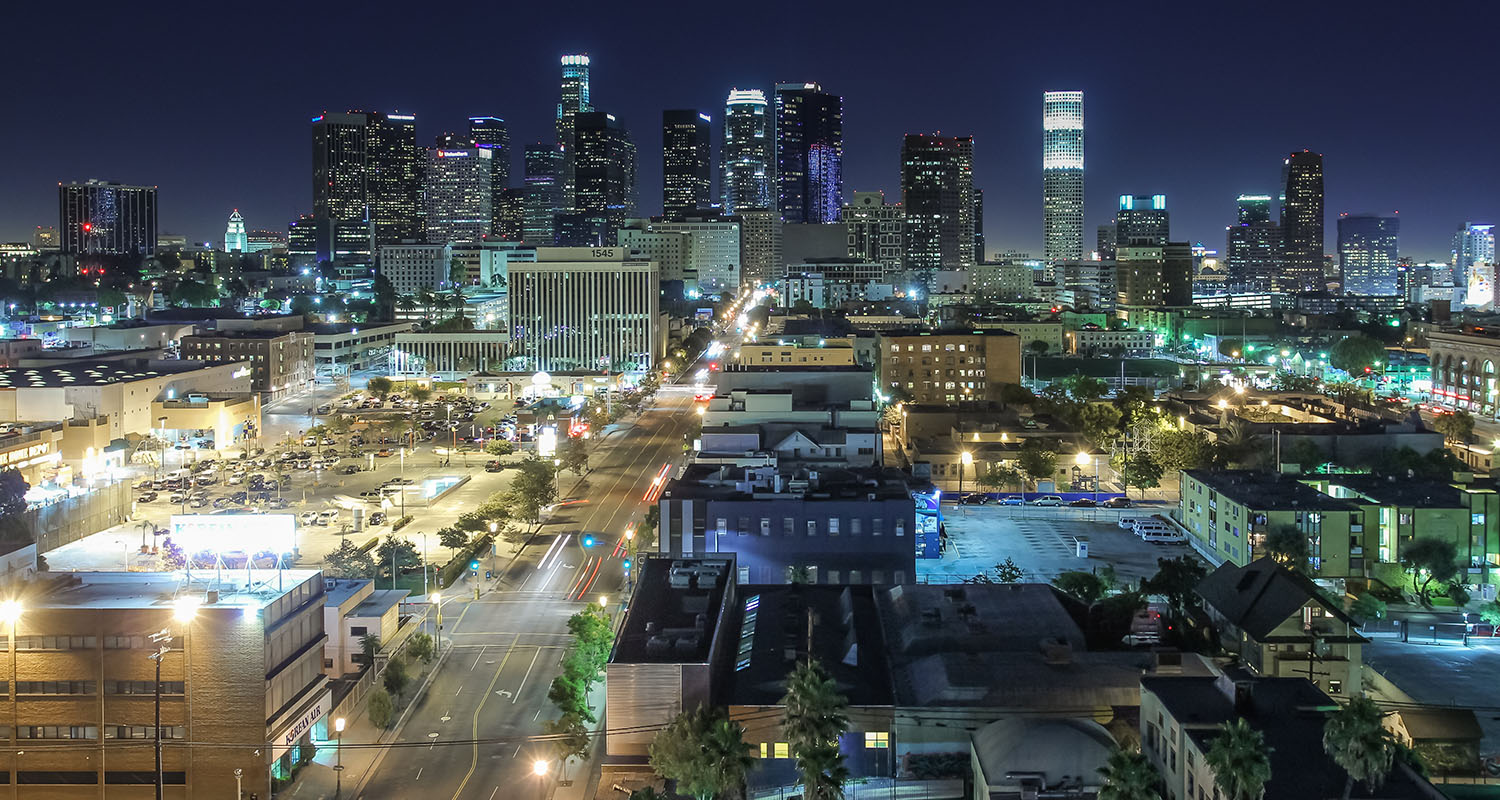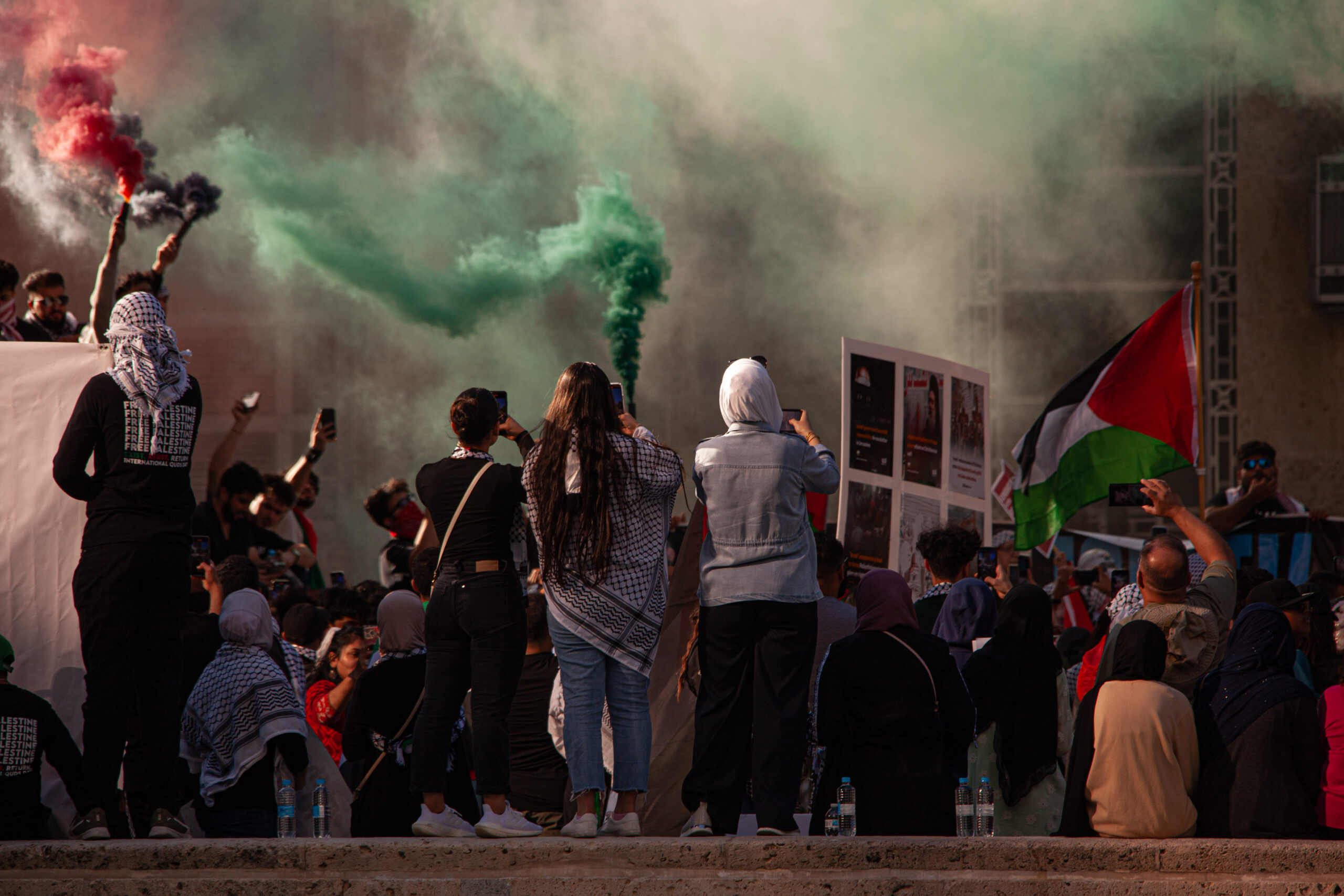
The answer is simply no. Artificial intelligence is the simulation of human intelligence processes by machines, especially electronic systems. Specific applications of AI include expert systems, robotics, natural language processing, speech recognition, and machine vision.
AI-powered tools have revolutionized the field of visual arts, particularly photography. These tools offer incredible results for creative professionals, including removing dust from camera sensors in time-lapse sequences, double image resolution, detecting faces, and even generating elements that were not present in the original scene. You can even create an entire scene just by typing a few phrases, thanks to generative AI. This fascinating technology has opened up new possibilities for photographers and artists alike.
Let’s consider scenarios where generative artificial intelligence would not be useful. One such scenario is event photography. Since events are real-life situations, adding elements that were not part of the event would not make sense.
As a photojournalist covering a protest, your primary responsibility is to document the event. You need to capture the number of people participating, the banners some protesters hold, the leaders, the speakers, the interaction between the police and the protesters, and anything relevant. In this case, generative AI won’t be used when processing the photographs. The same applies to other events such as sports events, weddings, baby showers, parties, music festivals, concerts, and more.
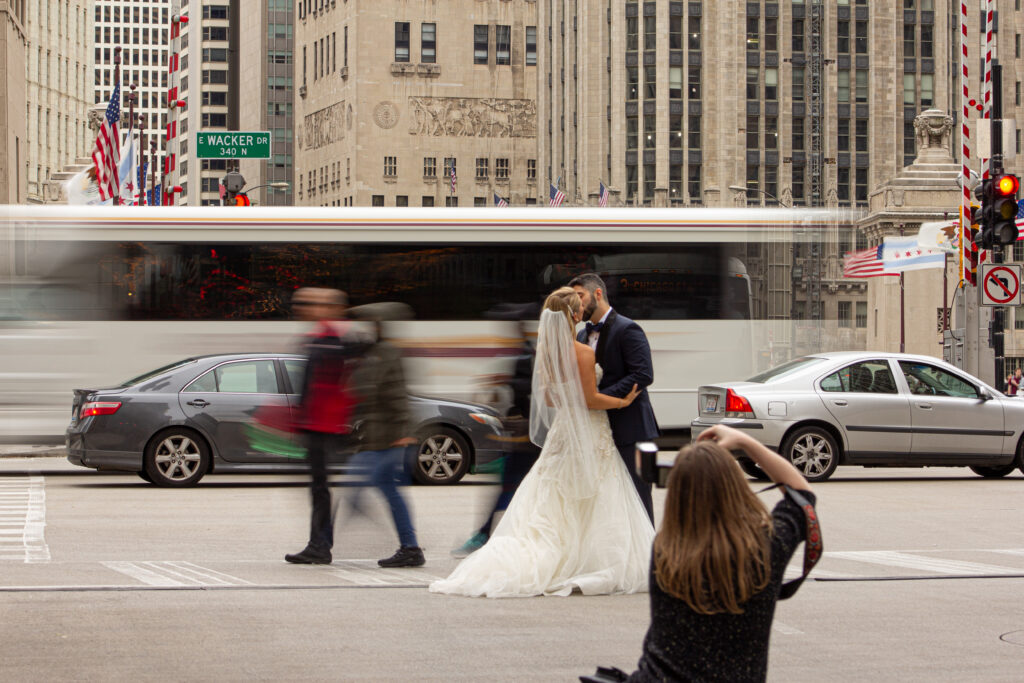
Travel photography cannot be replaced by AI tools either. Travel bloggers capture their experiences and share them with their audience, highlighting the places they visit, the food they try, and the attractions they see. They aim to provide honest recommendations, so it would be pointless to feature fake locations, food, or attractions.
The only category I see artificial intelligence will be strong in is product photography, especially for storytelling. This could potentially replace the work of professional graphic designers as well. We, as visual artists, must adapt and take advantage of new technology as AI tools evolve.

